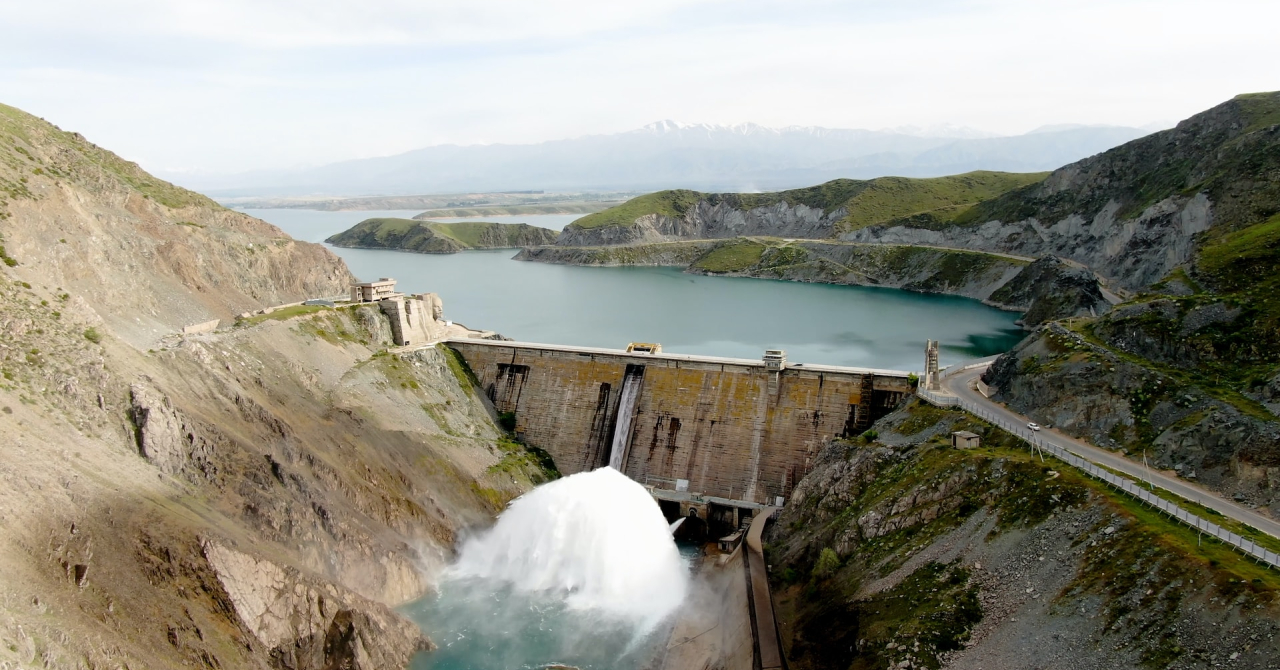Reuters reports that these are the findings of experts at energy think tank Ember for the first half of 2023, as the total emissions from the power sector rose by 0.2% in the quoted time period. They added that this is 1.5% higher than the same time frame last year.
Ember senior electricity analyst Malgorzata Wiatros-Motyka said that "while it is encouraging to see the remarkable growth of wind and solar energy, we can't ignore the stark reality of adverse hydro conditions intensified by climate change."
China experienced some of the most severe droughts this year, meaning that it accounts for 75% of the drop in total hydropower generation, which cumulated to a drop of 177 terawatt-hours (TWh).
If hydropower generation was on par with last year, emissions would have fell by 2.9% and to make up for the lackluster output, some countries, including China, resorted to starting coal and gas-fired plants, which outputted 8% and 8.1% more power in H1 2023 compared to last year.
Low-growing energy demand saved the situation a little, expert say, suggesting that this year's 0.4% growth, much lower than the annual average of 2.6% over the past decade, helped mitigate the lack of clean power.
Despite the fact that solar installations grew this year by 104 TWh of capacity, the absolute output of solar and wind plants were lower when compared to 2022, by 28 TWh and 38 TWh, respectively.
IEA (International Energy Agency) officials warned that, in order to limit global temperatures, renewables must grow by three times by the end of this decade.
 Mihai - Cristian Ioniță
Mihai - Cristian Ioniță












Any thoughts?